Boyan Slat to 20-letni innowator z Holandii. Postanowił oczyścić oceany z milionów ton plastikowych śmieci, które krążą wzdłuż prądów morskich.
Wsparcie, które otrzymał za jego innowacyjne podejścia do problemu, sprawiło że pomysł może się udać.
Prądy w oceanach sprawiają, że bardzo trudno jest monitorować śmieci, a jeszcze trudniej oczyszczać oceany z zanieczyszczeń, ale fundacja Boyana Slata - Ocean Cleanup, opracowała sposób użycia prądów morskich na swoją korzyść.
Boyan Slat, a 20-year-old innovator in the Netherlands. He’s set out to do nothing less than rid the oceans of the millions of tons of plastic garbage that circle along their currents. And judging by the support that has rallied behind his novel approach to the problem, there’s a good chance he just might succeed.
The massive rotating currents in the world’s oceans make collecting or even monitoring garbage difficult, but Slat’s Ocean Cleanup Foundation is developing a way to use those currents to its advantage.
This 2-km floating line will become the longest floating structure in the world / Ta 2-kilometrowa unosząca się na wodzie linia, stanie się najdłuższą rozmieszczoną konstrukcją oczyszczającą wodę.
It is the first stage in 20-year-old Boyan Slat’s plan to rid the oceans of floating plastic waste / To pierwszy etap planu Boyana Slata
His goal is to eventually build a 100km floating array that could collect 70,320,000kg of plastic waste over 10 years / Jego cel to zbudować 100 km pływających lin, które będą mogły zebrać 70 320 000 kg plastikowych odpadów w ciągu 10 lat
Slat estimates that this method would cost roughly 4.53 euros (5.04 USD) per kilogram / Slat szacuje, że ta metoda będzie kosztować 4.53 euro (5.04 dolara) za kilogram zebranich zanieczyszczeń.
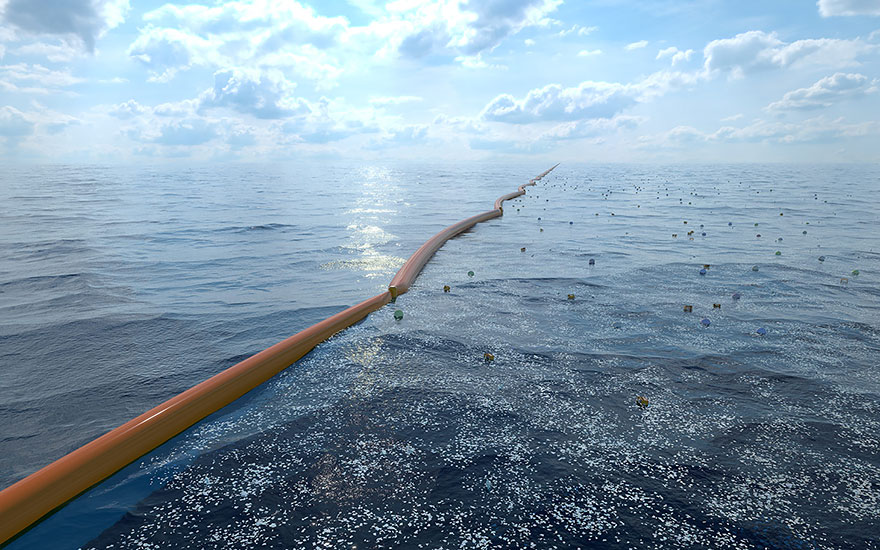
Warto zobaczyć/See also: System przeciwpowodziowy w Tokio. The Tokyo flood protection system.
Boredpanda.com


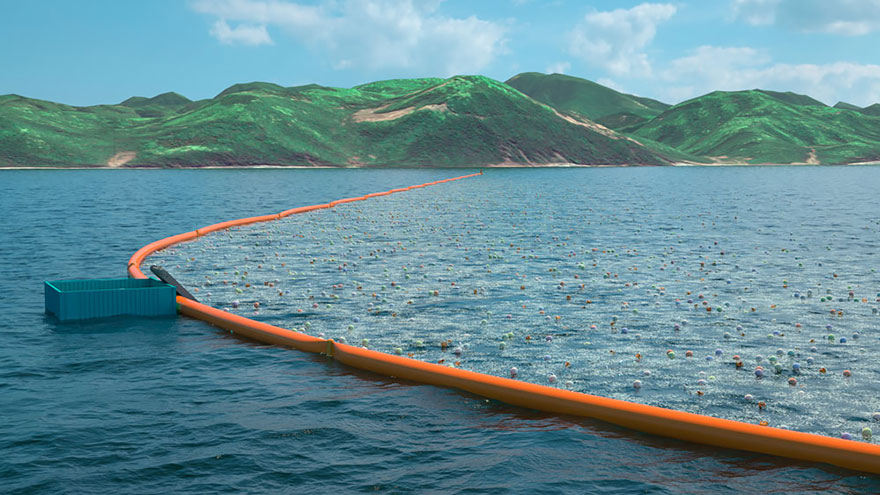
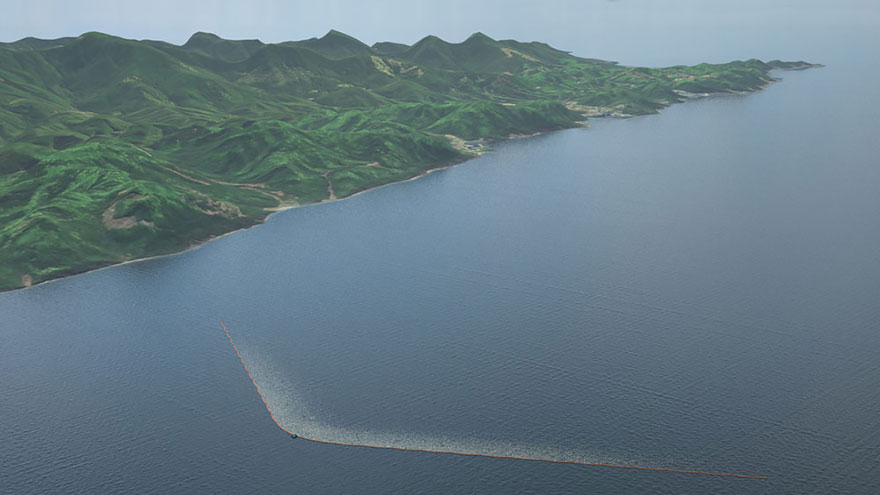
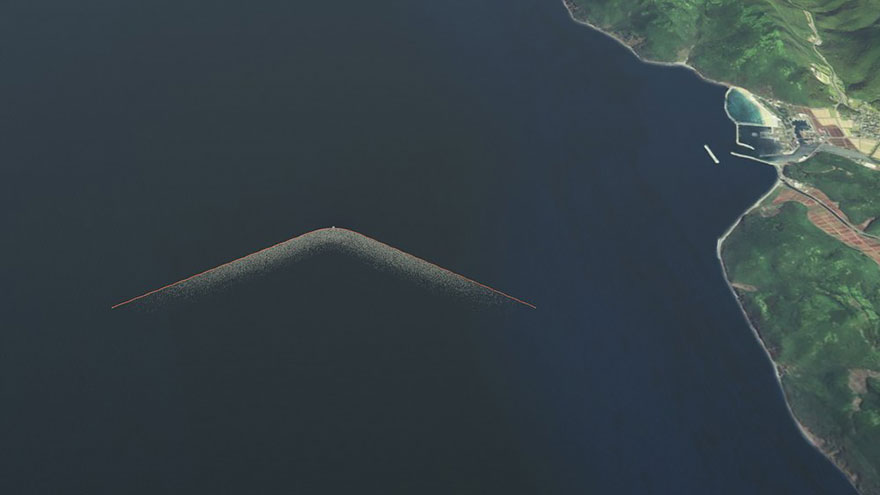
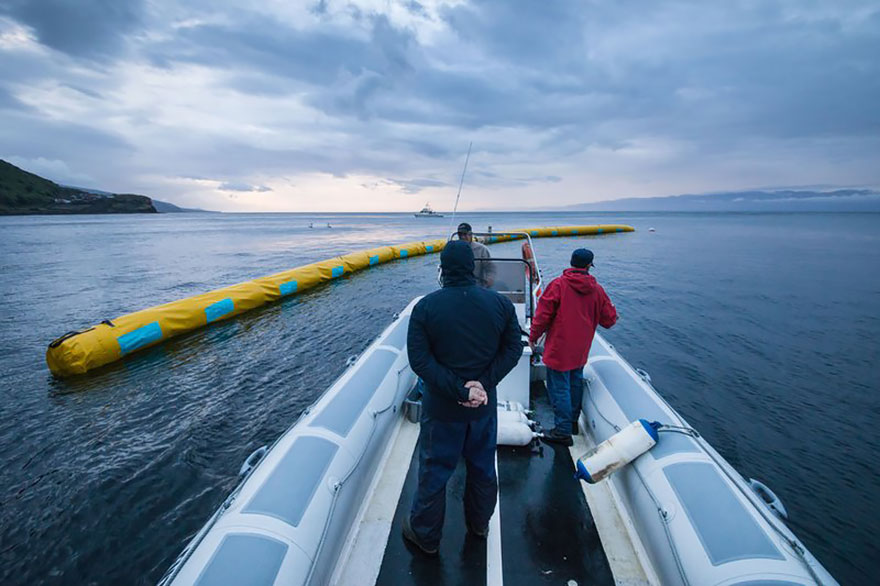
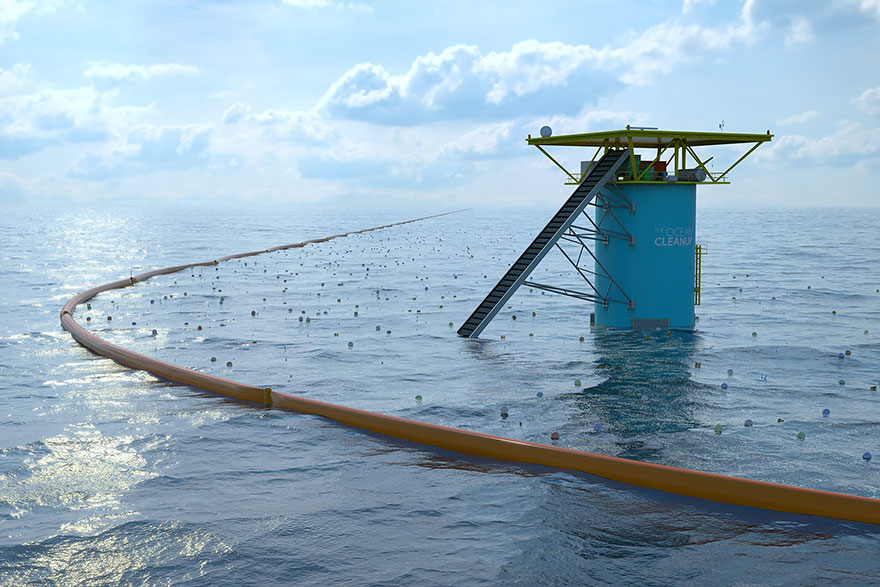
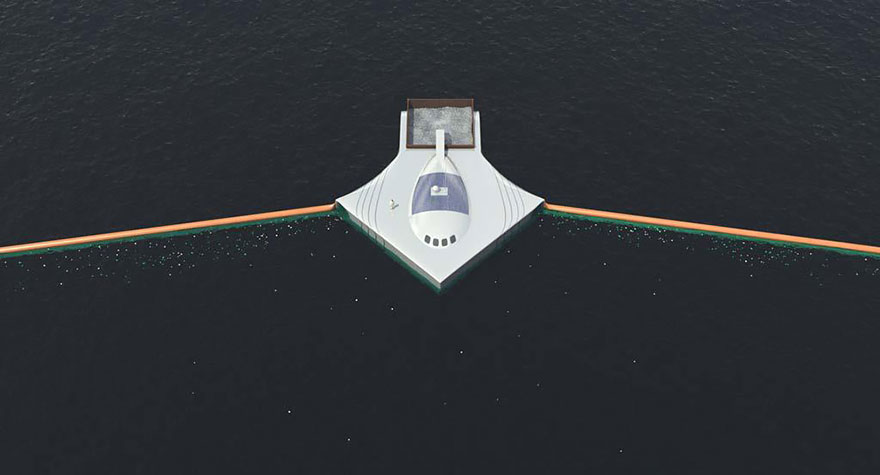
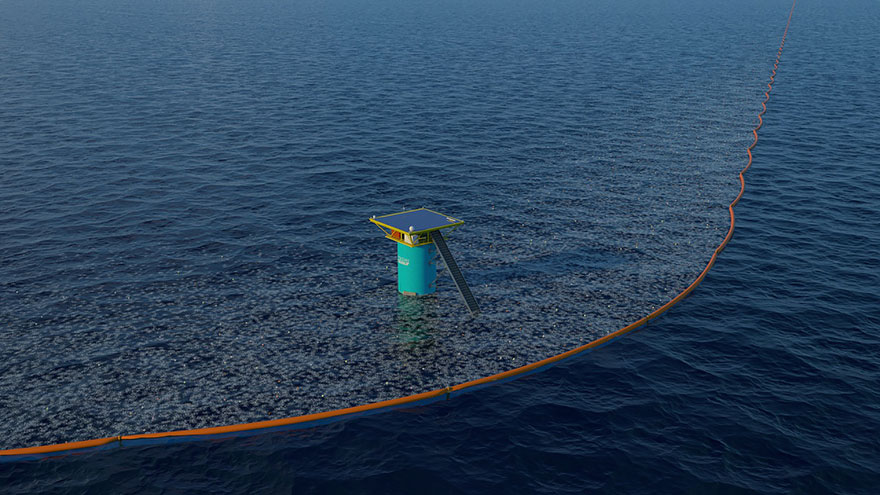
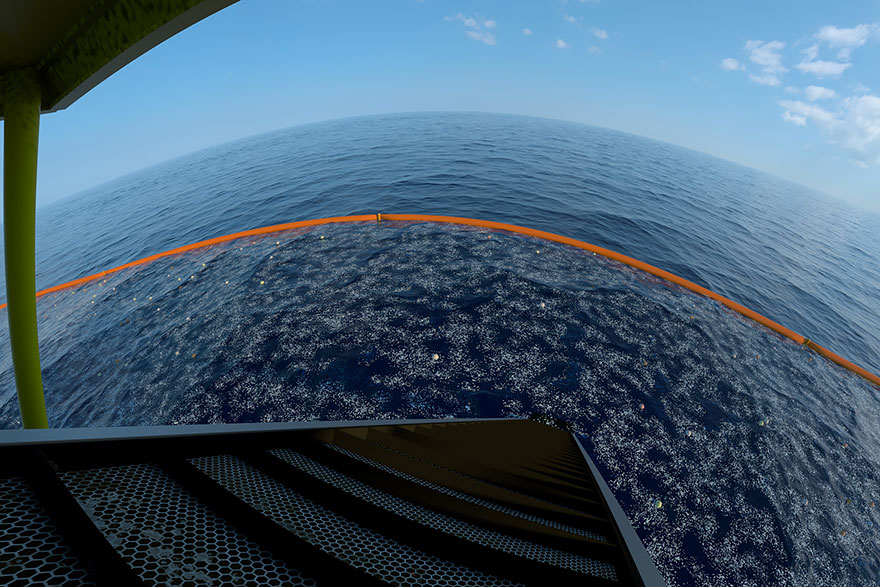
Brak komentarzy :
Prześlij komentarz